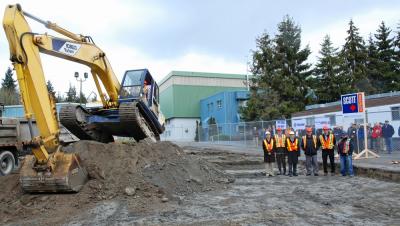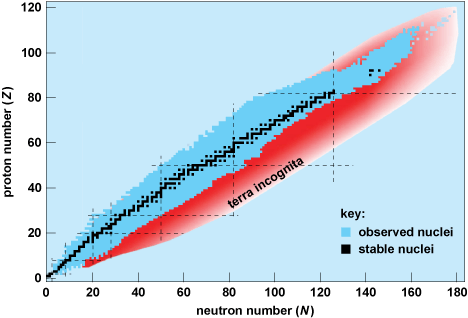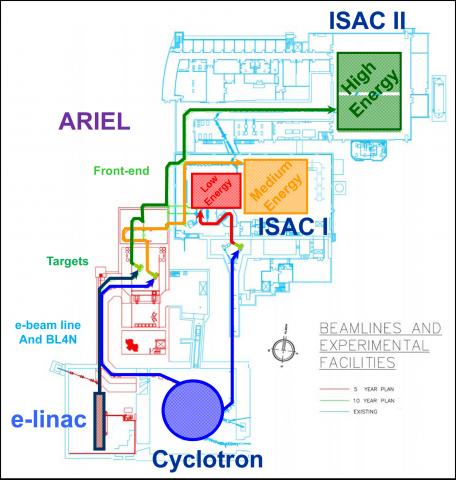Much has happened in the four years since the eRIBs ’07 workshop, organized by users of TRIUMF and Oak Ridge National Laboratory (ORNL) to explore possible uses of electron drivers for rare-isotope beams (RIBs). Last Thursday, TRIUMF held the First International ARIEL Science Workshop to discuss construction of its Advanced Rare IsotopE Laboratory (ARIEL) with its megawatt-class electron accelerator (e-linac). The goal of the workshop was to explain the capabilities of ARIEL, how it fits with the existing facilities in the ISAC experimental halls, and to explore possible scenarios for extracting science. Additionally, it was an opportunity to gain feedback from the users and increase their involvement with the ARIEL project. The morning began with a brief overview by Dean Karlen—the Principal Investigator of the ARIEL funding grant—focusing on the milestones that have brought TRIUMF to the current stage, including support of Director Nigel Lockyer and funding approval by the Canada Foundation for Innovation (CFI) in June 2009. With the prospect of more RIB hours and the potential to access more neutron-rich nuclei and actinides for new experiments, the advantages of the project were readily apparent. Following Dean’s discussion, Paul Garrett of the University of Guelph presented perspectives for forefront nuclear physics research, such as exploring the limits of existence of nuclei, studying the evolution of shell structure in very neutron-rich nuclei, and investigating the characteristics of neutron skins. Several international guests presented current activities and plans from other Isotope Separation On-Line (ISOL) facilities, including ISOLDE, ALTO, SPIRAL2, HRIBF, ANL, and VECC. The rare isotopes from the current ISAC facility and the e-linac will also have a major impact on studying properties and reaction rates of key nuclei involved in the production of chemical elements in burning stars and stellar explosions. In addition, rare isotopes like lithium-8 can be used for materials-science research, enabling scientists to study physics at the surface of materials, with the intention of uncovering new magnetic and electronic properties. Today, all ISAC experiments rely on just one rare isotope beam production target from which beams have to be shared. At the workshop, in the latter half of the day, Bob Laxdal and Marco Marchetto presented some implementation scenarios for ARIEL construction, with the ultimate goal of having three rare-isotope beams operating simultaneously upon completion around 2020. This would allow for multiple experiments to run at the same time, and make it more feasible for long-term experiments to operate. A complex separator and a low energy switchyard are set to be built to aid in dispersing and directing the beam to various experiments throughout the facility. The construction would be staged based on the availability of funding and manpower. By 2020, it is expected that beam hours will triple from their current levels. The second half of the day included a number of short presentations by potential users sharing their individual research ideas and a discussion on the best implementation schemes. With such plans now being developed, it will be exciting to see what kind of research will come out of TRIUMF in the next 10 years.
-- Written by Lena Sitnikova, Outreach Assistant and | |
ARIEL construction begins |
Exploration of neutron-rich nuclei (red zone) is one of the prospective areas of research | ||
| ||
| Upon completion, the goal is to have three rare-isotope beams running simultaneously | ||
Canada's particle accelerator centre
Centre canadien d'accélération des particules
Centre canadien d'accélération des particules



